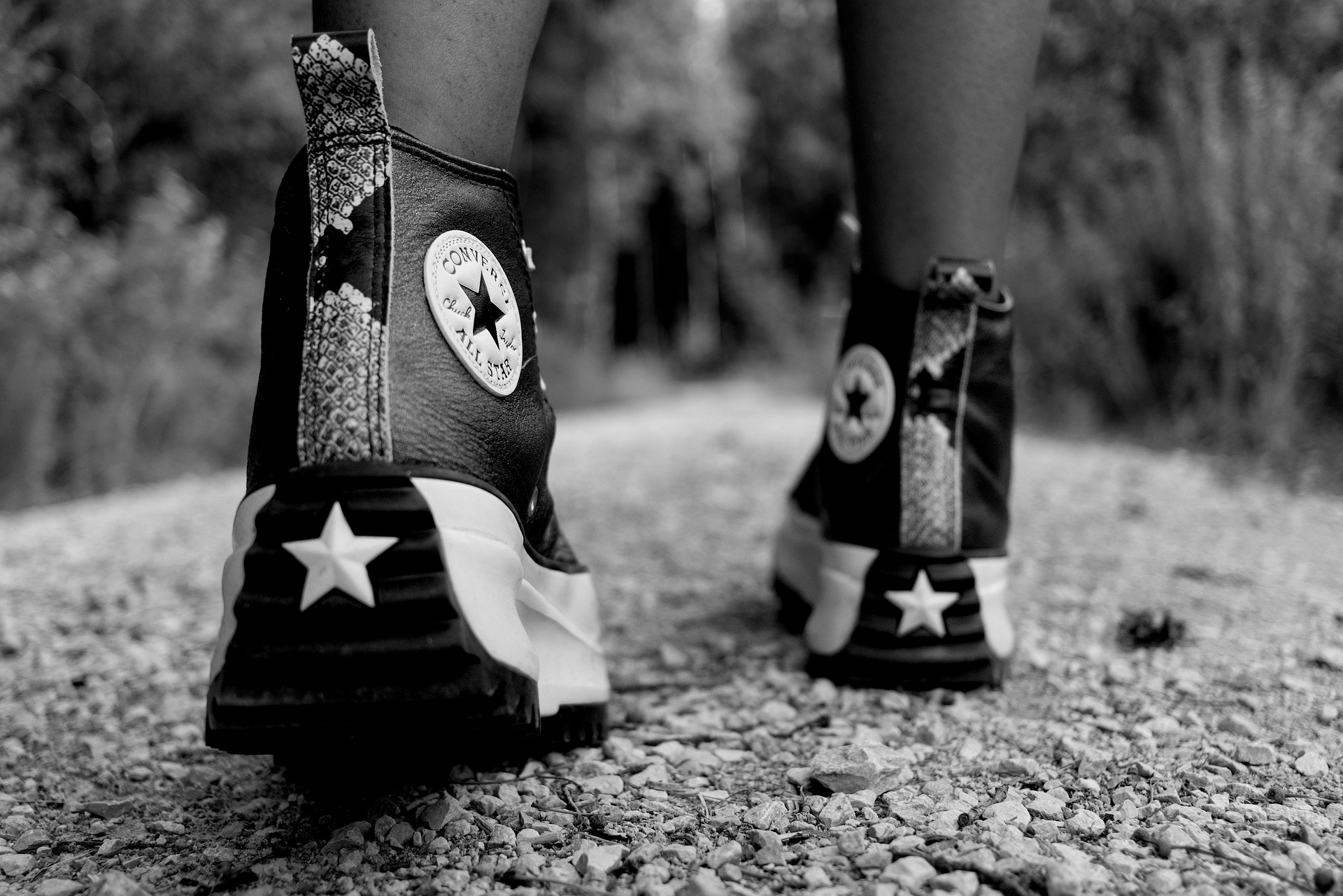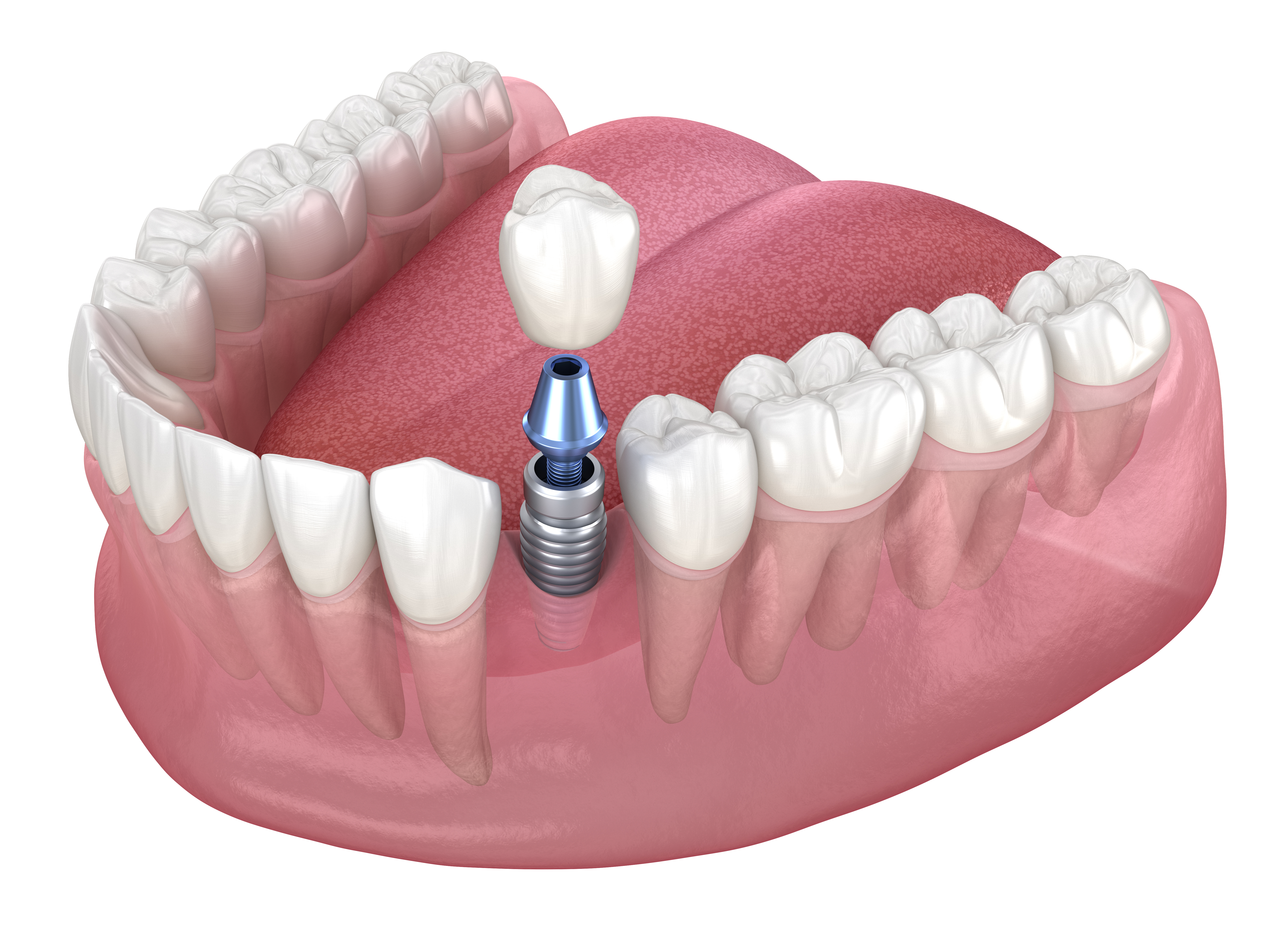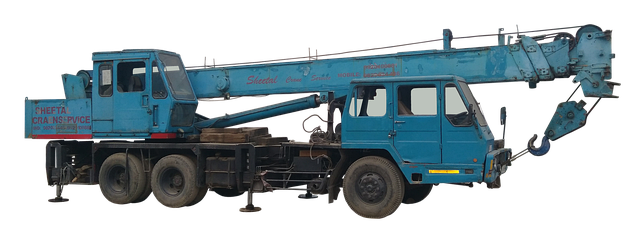Comfort Meets Style: All-Day Orthopedic Support for Feet & Knees
Orthopedic shoes have evolved significantly from their clinical origins, now offering sophisticated designs that don't compromise on style while delivering essential support for feet and knees. These specialized footwear options combine medical-grade engineering with contemporary aesthetics, making them suitable for both professional environments and casual settings. Understanding the features and benefits of orthopedic shoes can help individuals make informed decisions about their foot health while maintaining their personal style preferences.
What Makes Orthopedic Shoes Different
Orthopedic shoes distinguish themselves through their specialized construction and therapeutic features. Unlike regular footwear, these shoes incorporate medical principles into their design, focusing on proper foot alignment and biomechanical support. The key differentiating factors include enhanced arch support systems, deeper toe boxes to accommodate foot deformities, and specialized heel designs that promote proper gait patterns.
The materials used in orthopedic shoes often feature memory foam, gel cushioning, and breathable fabrics that conform to individual foot shapes. Many designs include removable insoles, allowing users to insert custom orthotics prescribed by healthcare professionals. The construction typically involves reinforced heel counters and midfoot stabilizers that work together to reduce strain on the lower extremities.
Orthopedic Shoes for Better Foot Support
Modern orthopedic footwear addresses various foot conditions through targeted support mechanisms. These shoes feature contoured footbeds that distribute pressure evenly across the sole, reducing hotspots that can lead to pain and discomfort. The arch support systems are engineered to maintain the foot’s natural curvature, preventing excessive pronation or supination that can contribute to various foot problems.
The toe box design in quality orthopedic shoes provides adequate space for natural toe movement while preventing compression that can exacerbate conditions like bunions or hammertoes. Many models incorporate shock-absorbing midsoles that reduce impact forces during walking, particularly beneficial for individuals with arthritis or other inflammatory conditions. The outsole patterns are designed to promote natural rolling motion from heel to toe, supporting efficient and comfortable walking patterns.
How Orthopedic Shoes Provide Knees Support
The connection between foot positioning and knee health is fundamental to orthopedic shoe design. Proper foot alignment achieved through orthopedic footwear helps maintain correct leg positioning, reducing stress on knee joints during daily activities. When feet are properly supported, the entire kinetic chain from ankles to hips functions more efficiently, minimizing compensatory movements that can strain the knees.
Orthopedic shoes with appropriate heel heights and cushioning systems help absorb impact forces that would otherwise travel up the leg to the knee joint. The stability features built into these shoes prevent excessive foot motion that can create rotational stress on the knees. Many orthopedic designs include motion control elements that guide the foot through its natural gait cycle, reducing the likelihood of knee pain associated with poor foot mechanics.
| Brand | Style Type | Key Features | Price Range |
|---|---|---|---|
| Brooks | Athletic/Walking | DNA cushioning, motion control, removable insoles | $120-$180 |
| New Balance | Casual/Athletic | ROLLBAR technology, ABZORB cushioning, wide width options | $100-$160 |
| Vionic | Dress/Casual | Podiatrist-designed footbed, arch support, biomechanical heel | $130-$200 |
| ECCO | Professional/Casual | Anatomical last, premium leather, shock-absorbing sole | $150-$250 |
| Dansko | Professional | Rocker bottom sole, arch support, slip-resistant outsole | $140-$190 |
Prices, rates, or cost estimates mentioned in this article are based on the latest available information but may change over time. Independent research is advised before making financial decisions.
Features That Enhance Daily Comfort
Contemporary orthopedic shoes incorporate numerous comfort-enhancing technologies that make all-day wear feasible. Moisture-wicking linings help maintain foot hygiene and temperature regulation, while padded collars and tongues prevent pressure points around the ankle area. Many models feature seamless interior construction that eliminates potential friction sources that could cause blisters or irritation.
The weight distribution in orthopedic shoes is carefully engineered to reduce fatigue during extended periods of standing or walking. Advanced cushioning systems, including air pockets and gel inserts, provide responsive support that adapts to different activities throughout the day. Some designs incorporate rocker sole technology that facilitates natural foot motion while reducing the energy required for walking.
Style Options in Modern Orthopedic Footwear
Today’s orthopedic shoe market offers extensive style variety that rivals conventional footwear. Professional options include oxfords, loafers, and dress shoes that meet workplace dress codes while providing therapeutic benefits. Casual selections encompass sneakers, walking shoes, and lifestyle footwear that complement everyday wardrobes without appearing medical or clinical.
Athletic orthopedic shoes combine performance features with therapeutic support, suitable for exercise activities and sports participation. Seasonal options include boots, sandals, and specialized footwear for different weather conditions, ensuring year-round comfort and support. Many manufacturers now offer customization options, allowing consumers to select colors, materials, and specific features that match their personal preferences.
The integration of contemporary fashion trends with orthopedic principles has made these shoes increasingly popular among style-conscious consumers. Advanced manufacturing techniques enable the production of sleek profiles and attractive designs that don’t sacrifice the therapeutic benefits that distinguish orthopedic footwear from regular shoes.
Orthopedic shoes represent a successful marriage of medical science and fashion design, providing essential support for feet and knees without compromising personal style. The variety of options available today ensures that individuals can find appropriate footwear for any occasion while maintaining their foot health and overall comfort throughout their daily activities.
This article is for informational purposes only and should not be considered medical advice. Please consult a qualified healthcare professional for personalized guidance and treatment.





